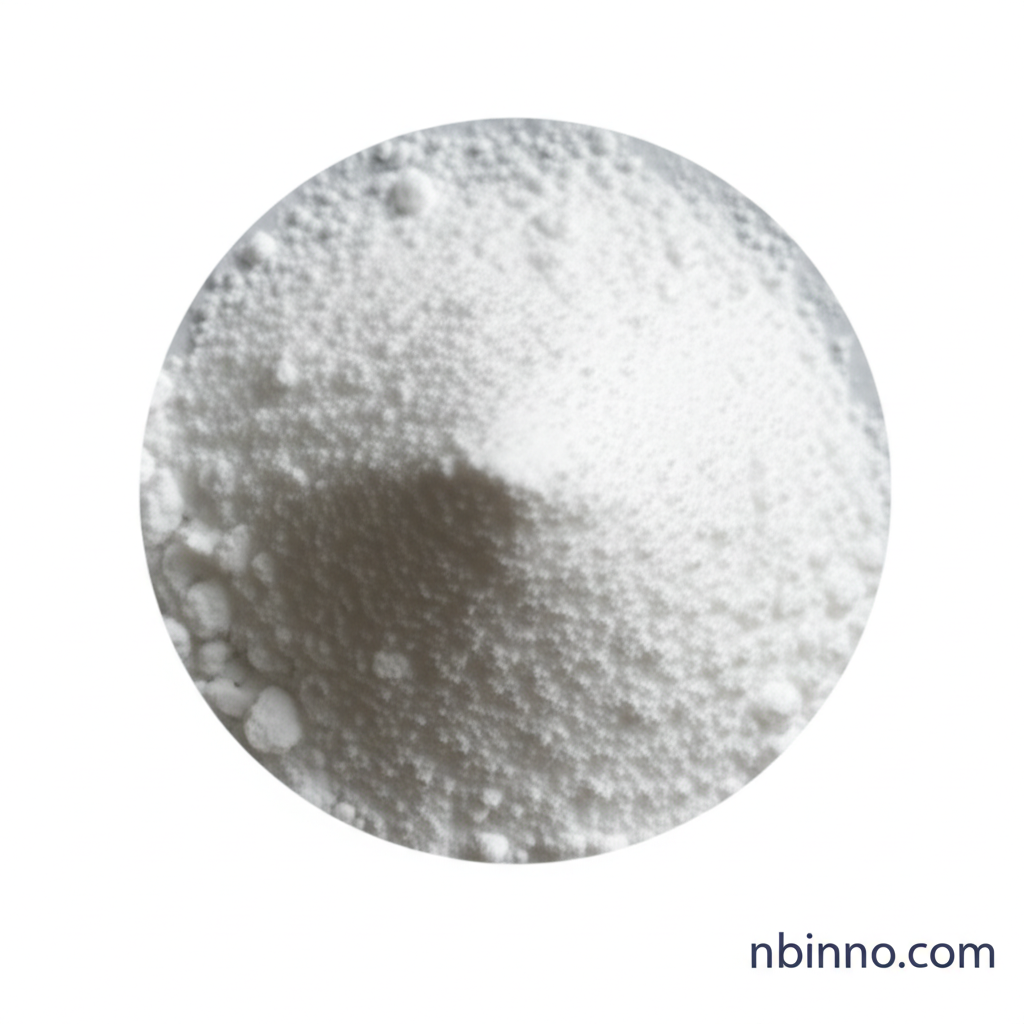Understanding the Role of 4-(5-(Trifluoromethyl)-1,2,4-oxadiazol-3-yl)benzoic Acid in HIV-1 Research
Explore the synthesis and application of this key intermediate, crucial for developing next-generation HIV-1 entry inhibitors and combating drug-resistant strains.
Get a Quote & SampleProduct Core Value

4-(5-(Trifluoromethyl)-1,2,4-oxadiazol-3-yl)benzoic Acid
As a pivotal pharmaceutical intermediate, this compound plays a critical role in the synthesis of small molecule inhibitors targeting HIV-1 gp41. Our commitment as a reliable supplier in China ensures high purity and consistent quality for your drug discovery and development needs. We provide this essential building block to advance the field of HIV-1 entry inhibition.
- Leveraging the power of specific targeting, this intermediate is key to designing potent HIV-1 entry inhibitors, advancing antiviral drug development efforts.
- Understanding the precise role of Lys574 in gp41 is facilitated by using this compound, providing critical insights for medicinal chemistry applications.
- The development of small molecule HIV-1 entry inhibitors is significantly advanced by this compound, offering a pathway to combatting viral infections.
- This trifluoromethyl-substituted oxadiazole derivative serves as a lead compound for further structural modifications, aiming to enhance efficacy against resistant strains.
Key Advantages Offered
Targeted Inhibition
This compound enables the development of inhibitors that specifically target HIV-1 gp41, a crucial step in preventing viral entry, thus contributing to novel antiviral drug development.
Combating Resistance
Its use in synthesizing compounds effective against drug-resistant strains offers a new avenue for treating HIV-1, addressing a major challenge in global health.
Mechanism Elucidation
Research utilizing this intermediate helps elucidate the mechanism of action for HIV-1 entry inhibitors, particularly the critical interactions within gp41, aiding in rational drug design.
Key Applications
HIV-1 Entry Inhibition
A critical component in the synthesis of molecules designed to block the entry of HIV-1 into host cells by interfering with gp41 function, a vital aspect of antiviral drug development.
Pharmaceutical Intermediate
Serves as a fundamental building block in the pharmaceutical industry for creating advanced therapeutic agents, specifically for HIV-1 fusion inhibitor research.
Drug Resistance Studies
Essential for research aimed at overcoming HIV-1 drug resistance, by enabling the design of novel compounds that circumvent existing resistance mechanisms.
Medicinal Chemistry Research
A valuable tool for medicinal chemists exploring structure-activity relationships in the development of new antiviral drugs, particularly those targeting viral fusion processes.
